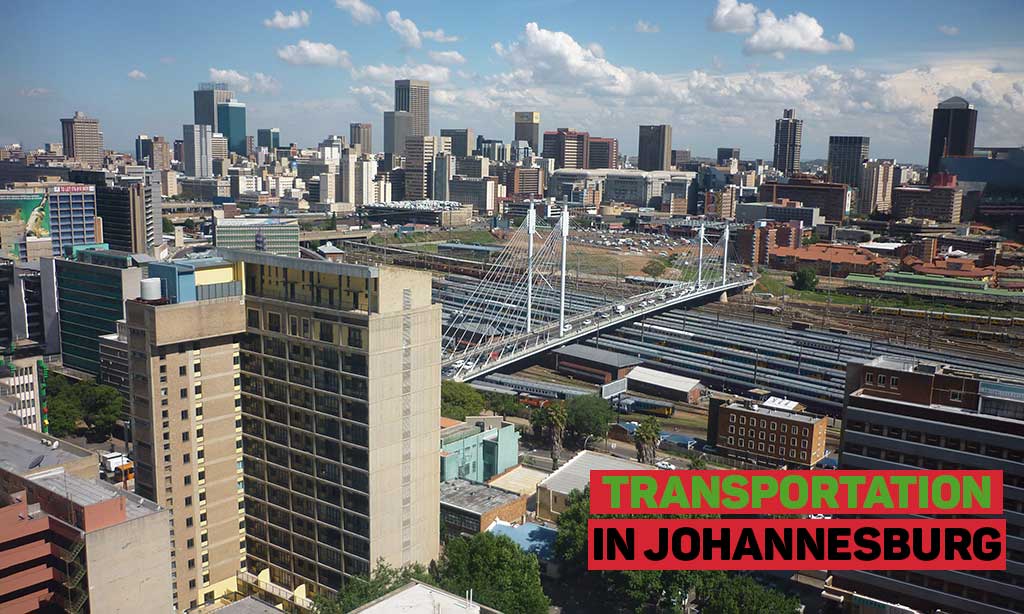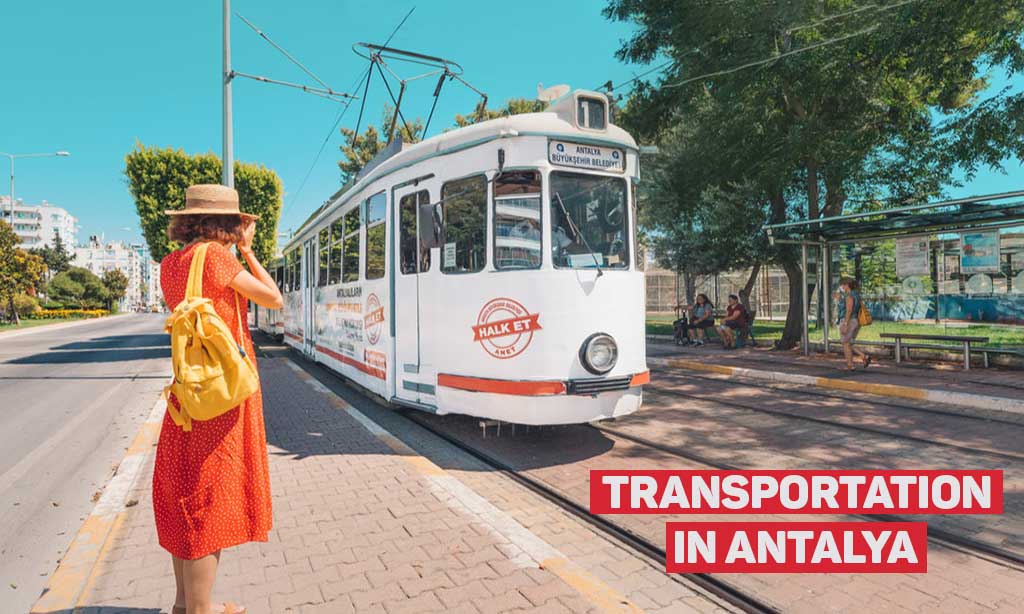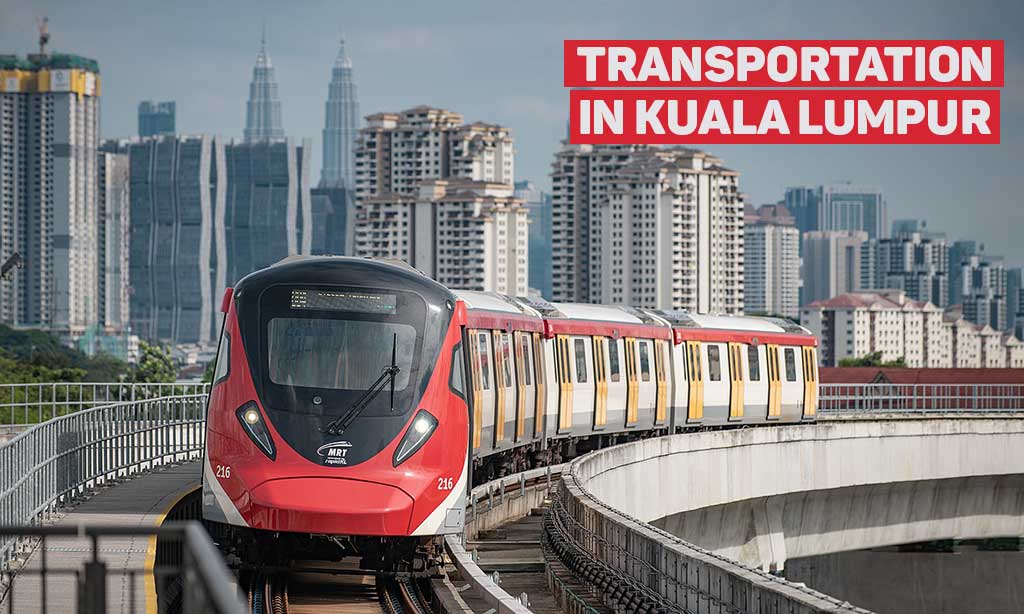Overview: Public Transportation Rome, the historic capital of Italy, boasts an extensive internal transport system, making it a significant hub for road, rail, and air transport in the country. The city’s commitment to improving air quality was evident when it banned diesel vehicles for the first time in January 2020.
Operators:
- Roma servizi per la Mobilità: This is the municipally-owned public transport agency responsible for programming bus routes and providing real-time information and services to users.
- Atac: Formerly known as Azienda del Trasporto Autoferrotranviario del Comune di Roma, Atac is the primary public transport company operating most of the city’s public transport lines.
- Roma TPL: A private company operating a minority of bus lines in Rome.
Rapid Transit Systems: The Rome Metro serves as the city’s rapid transit system with three underground lines. These lines, named A, B (with a branch B1), and C, span a total length of 60 km with 73 stations. Lines A and B intersect at Roma Termini station, while the fully automated Line C intersects Line A at San Giovanni Station.
Major Airport Services: Rome is served by three airports:
- Leonardo Da Vinci Airport (Fiumicino): Italy’s largest airport for both national and international traffic.
- Rome Ciampino Airport: A joint civilian and military airport.
- Rome Urbe Airport: Handles most helicopter and private flights.
Commuter Rail: Rome’s overground rail transport includes tramway networks, suburban and urban lines, and an express line to Fiumicino Airport. The Roma-Lido and Roma-Nord rail lines offer metro-like services, albeit with lower frequencies.
Buses: Rome has an extensive bus network, including three trolleybus routes. The Metrebus integrated fare system allows passengers to travel on all companies’ vehicles within the ticket’s validity time.
Table: Transportation Systems:
| Transportation | Operator Name | Website URL |
|---|---|---|
| Metro | Rome Metro | Link |
| Tram | Trams in Rome | Link |
| Bus | Atac | Link |
| Commuter Rail | Lazio regional railways | Link |
Guide on Ticket Purchasing: Tickets for public transportation in Rome can be purchased at ticket machines, kiosks, and some newsstands. While you can buy a ticket, Rome also offers contactless payment options, allowing passengers to tap their debit or credit cards. Additionally, there’s the option of purchasing and topping up a contactless card for more convenient travel.
Major Passenger Airports and Ways to City Centre:
- Leonardo Da Vinci Airport (Fiumicino): Connected to the city center by the Leonardo Express train, which departs every 30 minutes.
- Rome Ciampino Airport: Buses connect the airport to the city center and Roma Termini station.
Walking & Biking Facilities: Rome, with its ancient streets and landmarks, is a city best explored on foot. Many areas in the city center are pedestrian-only, making walking a delightful experience. Additionally, Rome has been working on improving its biking infrastructure, offering bike-sharing services and dedicated bike lanes in certain parts of the city.





